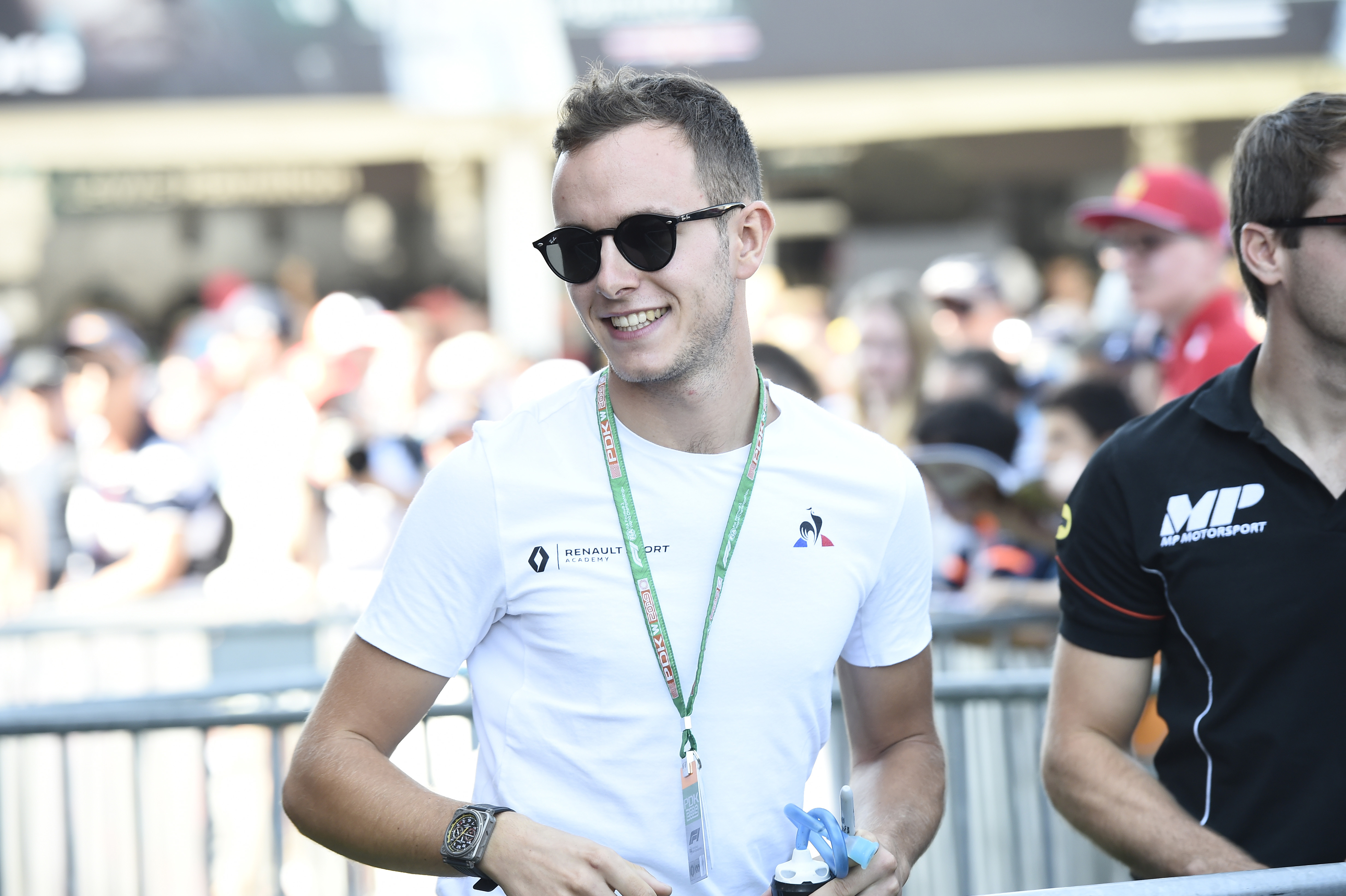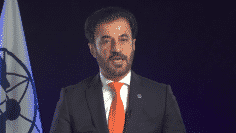
F2: FIA Report Does Not Assign Blame for Hubert Accident
The FIA concluded their investigation into the accident at the 2019 FIA Formula 2 round from Spa-Francorchamps that tragically resulted in the death of Anthoine Hubert.
It was the event that shocked the racing world, with tributes stretching far past the F1 circus. The ramifications of the accident that also left Juan Manuel Correa in hospital with broken legs are still to be seen. Though on the 7th February 2020, we got the first piece in the jigsaw with the results concluding no blame for any party involved.
Instead the report stated; “There was no single specific cause, but multiple contributory factors giving rise to the severity of the accident.”
Expanding upon the details of the accident, the report praised the work of the marshals and safety teams saying their actions were considered “timely and good.” Further acknowledgement was given to the safety crews, while obmitting the drivers from any individual blame.
Hubert’s cause of death was concluded to be “non-survivable trauma” due to the high levels of energy exerted during the two major impacts with the barrier and Correa, who himself is still recovering.
The feature race, which took place on 31st August was cancelled along with the rest of the FIA F2 weekend, where they would go on to retire Hubert’s #19 and his BWT Arden team pulled out at the end of the season. The FIA F2 dedicated the rookie of the season award in his honour.
The Accident
Highlighting four drivers; Giuliano Alesi, Ralph Boschung, Anthoine Hubert and Juan Manuel Correa, the accident was started when Alesi lost control of his car in turn 3, running wide up Eau Rouge and hitting the barrier on the outside of the track.
Trident teammate Boschung moved to the outside of turn four as to avoid Alesi and the resulting debris with Hubert following suit. Boschung, who reportedly slowed down before the application of the yellow flags “slowed more abruptly” than Hubert and despite the Frenchman’s effort’s to move further to the right, made contact with the rear right tyre of the Trident, losing his front wing as a result.
Hubert would be sent towards the barrier on the outside of turn 4, peaking at 262 km/h, experiencing 33.7G upon impact. He would rebound at a 40 degree impact back towards the racing line.
Correa had arrived on the scene 1.5 seconds after the yellow flag had been deployed. What was not initially picked up by the camera was the fact Correa had hit debris from Alesi’s car, damaging his suspension and losing his front wing 1.6 seconds prior to the impact with Hubert’s BWT Arden.
Impacting the side of Hubert’s car at an 86 degree angle at 218 km/h, while the Frenchman was virtually stationary, Correa and Hubert experienced a collision of peak force 65.1G and 81.8G. Following the car-to-car impact, Anthoine Hubert’s car was accelerated to 105.4 km/h and struck the barrier a second time before rebounding back towards the track.
The total time of the accident was 14.6 seconds.
The Response
Double waved yellows were deployed 2.5 seconds after the car-to-car impact and red flags a further 2.7 seconds later as Hubert’s car came to rest. A small fire under Correa’s car was put out by marshals within 2 seconds.
Medical teams were deployed after the double waved yellow flags with Hubert’s first examination coming 54 seconds after the red flags. Correa was first assessed 15 seconds later. Within two minutes the extrication had arrived on scene.
What’s Next
Spa-Francorchamps had planned to undergo changes to the circuit in 2022, although plans now appear to be moved forward. The undulating nature of the circuit means that moving the barrier further back at turn 4 is impossible without terraforming the land behind due the hillside.
We can only hope the circumstances of this incident does not repeat itself.
Journalist Bethoine Waring gives her thoughts on the conclusions we should take after this report.



![Private: [ID: 71rYi-xncgM] Youtube Automatic](https://motorradio-xijqc.projectbeta.co.uk/wp-content/uploads/2024/08/private-id-71ryi-xncgm-youtube-a-1-360x203.jpg)
![Private: [ID: 1SfHxvC8Doo] Youtube Automatic](https://motorradio-xijqc.projectbeta.co.uk/wp-content/uploads/2024/07/private-id-1sfhxvc8doo-youtube-a-1.jpg)
![Private: [ID: H6XRkf6kROQ] Youtube Automatic](https://motorradio-xijqc.projectbeta.co.uk/wp-content/uploads/2024/07/private-id-h6xrkf6kroq-youtube-a-1-360x203.jpg)
![Private: [ID: Kb6w-qAmKls] Youtube Automatic](https://motorradio-xijqc.projectbeta.co.uk/wp-content/uploads/2023/12/private-id-kb6w-qamkls-youtube-a-360x203.jpg)
![Private: [ID: CcpwYw20k3k] Youtube Automatic](https://motorradio-xijqc.projectbeta.co.uk/wp-content/uploads/2024/07/private-id-ccpwyw20k3k-youtube-a-360x203.jpg)

![[ID: x1SiRC5jhW4] Youtube Automatic](https://motorradio-xijqc.projectbeta.co.uk/wp-content/uploads/2022/04/id-x1sirc5jhw4-youtube-automatic-360x203.jpg)
![[ID: lMZ8lAeLubk] Youtube Automatic](https://motorradio-xijqc.projectbeta.co.uk/wp-content/uploads/2022/04/id-lmz8laelubk-youtube-automatic-360x203.jpg)
![[ID: GAYCcnqyFo4] Youtube Automatic](https://motorradio-xijqc.projectbeta.co.uk/wp-content/uploads/2022/04/id-gayccnqyfo4-youtube-automatic-360x203.jpg)
![[ID: Gg142H296QY] Youtube Automatic](https://motorradio-xijqc.projectbeta.co.uk/wp-content/uploads/2022/04/id-gg142h296qy-youtube-automatic-360x203.jpg)
![Private: [ID: PYDb727riQg] Youtube Automatic](https://motorradio-xijqc.projectbeta.co.uk/wp-content/uploads/2023/02/private-id-pydb727riqg-youtube-a-1-236x133.jpg)




